Playground (Mathematical Reasoning Development)
Information for teachers Problem-solving GamesThis game of problem solving has been designed to engage students in a self-directed approach to learning mathematics. However, the role of the teacher in this learning is crucial because this software does not teach problem solving per se. Rather, it creates conditions for students to test their knowledge, identify gaps, and evaluate their progress. This means that the student takes on most of the responsibilities traditionally assigned to the teacher.
Problem-solving GamesThis game of problem solving has been designed to engage students in a self-directed approach to learning mathematics. However, the role of the teacher in this learning is crucial because this software does not teach problem solving per se. Rather, it creates conditions for students to test their knowledge, identify gaps, and evaluate their progress. This means that the student takes on most of the responsibilities traditionally assigned to the teacher.
 Games with Operations Use the arithmetic operations’ priority rules with understanding
Games with Operations Use the arithmetic operations’ priority rules with understanding
 Games with Numbers Analyze and decode column calculations
Games with Numbers Analyze and decode column calculations
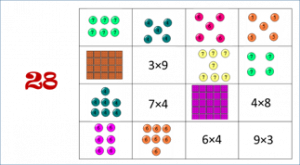 Mingo SolitaireThe multiplicative relationships of numbers.
Mingo SolitaireThe multiplicative relationships of numbers.
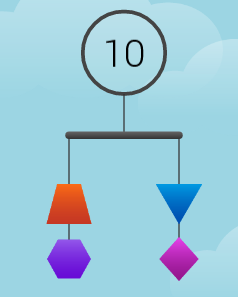 Mobile Game For elementary aged students.
Mobile Game For elementary aged students.
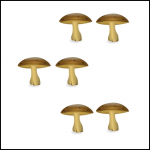 Hide and Seek Structure of small numbers.
Hide and Seek Structure of small numbers.
 Ten-frame game Relationships between numbers from 0 to 15.
Ten-frame game Relationships between numbers from 0 to 15.
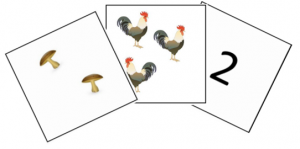 Battle of Small Numbers Players compare small numbers (0-7).
Battle of Small Numbers Players compare small numbers (0-7).
 Problem-Solving Game (additive and multiplicative structures)
Problem-Solving Game (additive and multiplicative structures) 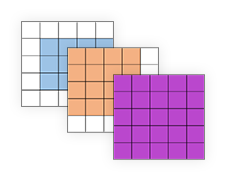
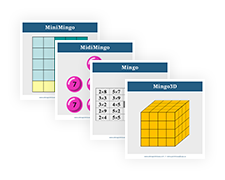
 Grid of 25 Interactive
Grid of 25 Interactive 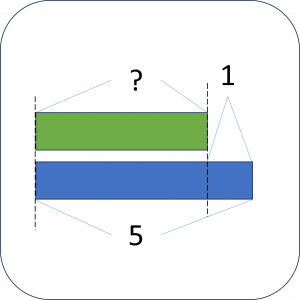 The Meaning of Small Numbers (Interactive)
The Meaning of Small Numbers (Interactive) 


